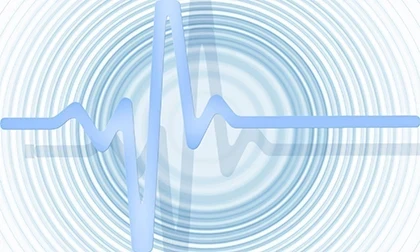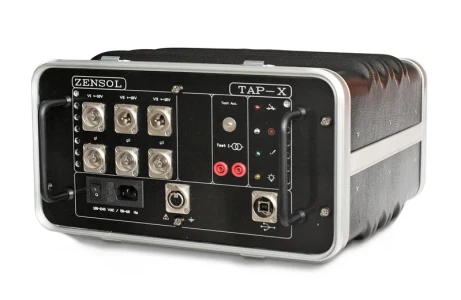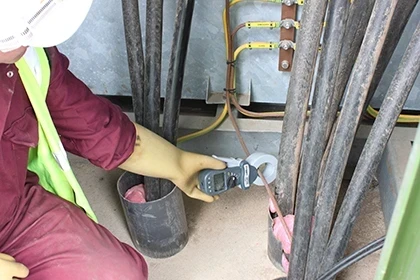The importance of risk assessment and the role of Reliability-based DGA

By Chuck Hoeppner, Delta-X Research
It’s often said that you can’t manage what you can’t measure. But how does one manage risk in the mission-critical, 24x7 world of energy utilities? It’s a challenging undertaking, anticipating future demands and ensuring the reliability and resiliency of the energy infrastructure for increasingly power-intensive customers. The risks range from natural disasters to cyberattacks to equipment failure. Should a power transformer fail, consequences could include equipment damage, unplanned power outages, as well as indirect consequences like economic losses to businesses and reputational damage.
The answer lies in risk management – proactively identifying, assessing, and prioritizing risks, and then taking steps to mitigate those risks. For electric utilities, risk management is critical to ensuring the safety, reliability, and continuity of their operations. By implementing comprehensive risk management, including measures such as regular maintenance and inspection of critical equipment like power transformers, energy utilities can identify and prioritize these risks, and take steps to manage them.
ISO 31000, the International Standard for Risk Management, provides a framework to manage these risks in a comprehensive manner. It emphasizes the importance of systematic and proactive risk management strategies and encourages a flexible risk management framework tailored to an organization’s specific needs, objectives, and context. ISO 31000 provides several benefits to organizations, including improving their ability to identify and assess risks, enhancing decision-making processes, and reducing the likelihood and impact of negative events.
One of the key steps in the framework provided by ISO 31000 is risk assessment, evaluating the likelihood and potential impacts of each risk. This involves analyzing the probability of the risk occurring and the potential consequences if it does occur. Risk assessment can be done using various tools and techniques, including matrices, decision trees, and scenario analysis.
One of the decades-old decision tools used in power transformer risk assessment has been dissolved gas analysis (DGA), a method of analyzing gases dissolved in transformer oil to detect if the condition inside the transformer is changing. Once the DGA data is interpreted, utilities can use a three-step process to delve deeper:
Step #1: Determine if a fault exists.
Step #2: Identify what type of fault is occurring.
Step #3: Assess the severity of the fault.
Read full article in the Electrical Power Transformers T&D Technologies Special Edition 2023








